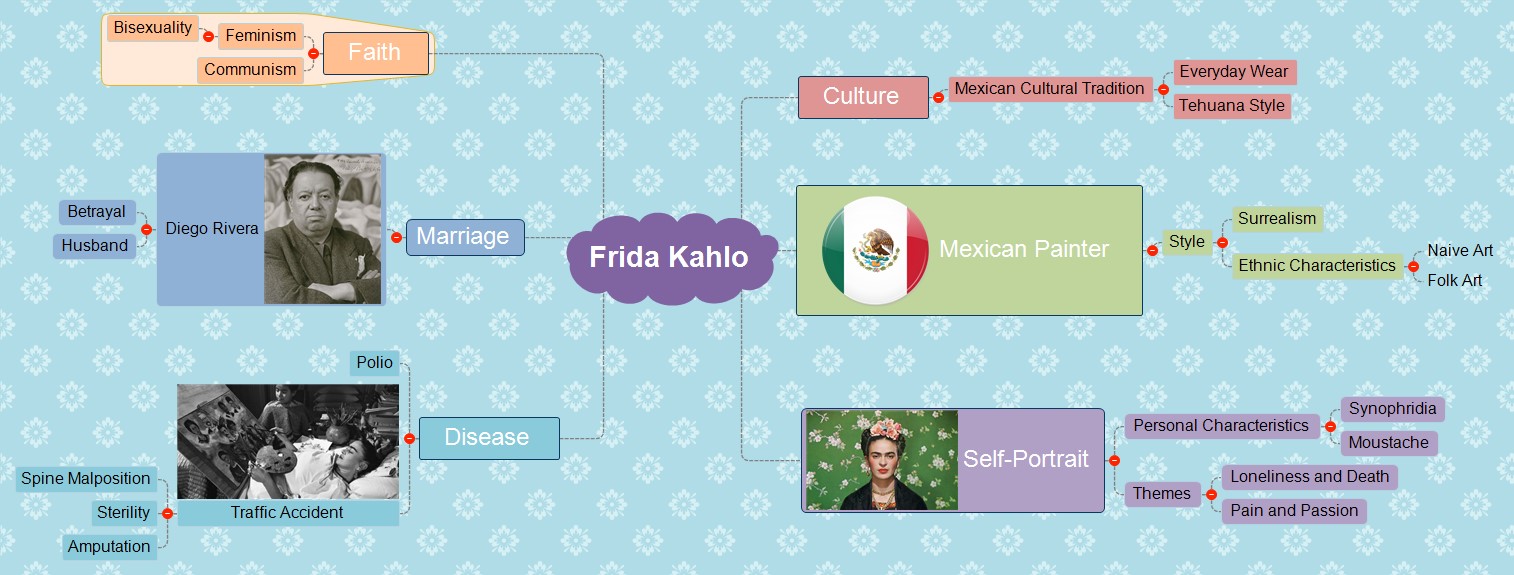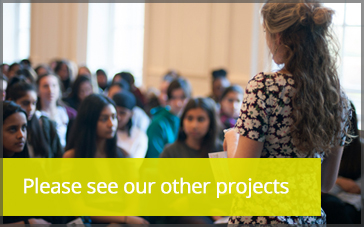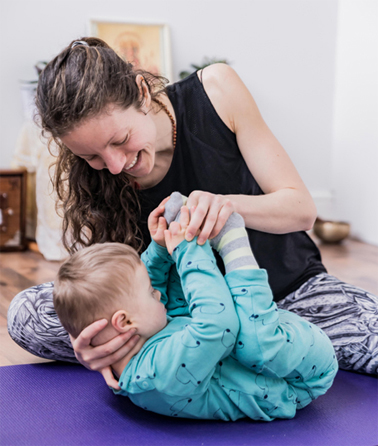This is a time when neurodiversity and ASD have a higher profile in our society than ever before, but the jury is still out when it comes to many aspects of autism. For many years diagnosis was made based on the Triad of Impairments where individuals had obvious issues with imagination, social communication and social interaction.

(picture from https://www.weightedblanketguides.com/benefits-autism-adhd/)
These days we no longer accept that four times as many boys as girls have ASD and there is more emphasis on sensory processing disorders, obsessive behaviours and OCD.
One of my main interests in the field of special needs is what parents can do to make life at home a little bit easier. As parents of new babies quickly discover, a lack of sleep distorts every aspect of family life, so I was especially pleased to be contacted by Wendy Rhodes who is based in the San Francisco Bay Area. She is the founder and editor of a magazine and blog called Weighted Blanket Guides which covers many different aspects of autism and ADHD with links to the latest research.
Weighted clothing and bedding work on the proprioceptive system and tactile sensory system. Put simply they make people feel more comfortable and secure when their senses are jangling and they are over-stimulated by the world around them. Apparently it is the same science as hugs!
Weighted bedding is not the same thing as piling a bed with all the blankets and quilts you can find. ‘A weighted blanket usually consists of several square pockets filled with weights such as poly pellets, glass beads or even rice,’ explained Wendy. ‘The squares are sewn together like a quilt. This quilting technique is what helps distribute the weight evenly over the body.’
Some experts are sceptical about the benefits of weighted bedding. For example, Professor Paul Gringras, a consultant sleep expert at Evelina London Children’s Hospital led a study of 73 children aged between five and 16 with Autistic Spectrum Disorders (ASD) and poor sleep from 2010- 2013. He said: ‘These blankets can cost more than £100, so it’s important to know that they actually work. We have found no evidence that they make any difference to these children’s sleep compared with normal weight blankets.’
Weighted blankets help to regulate breathing and heart rates and can improve the production of serotonin. Some children may use them for just half an hour before bedtime, for long car journeys or when they are stressed while others will benefit from having them on the bed all night. Generally, a weighted blanket for a child should be approximately 10% of their body weight plus one or two pounds.
Parents who are in two minds about the benefits may have noticed that a night-time visit from a cat or dog can provide that extra weight and reassurance to an anxious child. The blankets offer many advantages: they are not only more hygienic but also, they don’t jump off in the middle of the night or decide to come and sit on your chest as you are trying to turn over.
Weighted bedding and clothing are available in the UK from https://www.specialneedstoys.com/uk/proprioception/deep-pressure

 success in many areas in life. The working memory (which is part of the
success in many areas in life. The working memory (which is part of the  The mental health charity The Shaw Mind Foundation (SMF) and HealthUnlocked, a social network for health, have joined forces to promote HeaducationUK
The mental health charity The Shaw Mind Foundation (SMF) and HealthUnlocked, a social network for health, have joined forces to promote HeaducationUK The MahaDevi Centre offers 100 therapy sessions per week in the centre as well as treatment in schools, day centres, nurseries, hospitals and children hospices across London.
The MahaDevi Centre offers 100 therapy sessions per week in the centre as well as treatment in schools, day centres, nurseries, hospitals and children hospices across London. When I wrote the book
When I wrote the book  It is one of those things that is noticeable by its absence for example Gena who turns up with all the wrong things in her school bag. We all do this from time to time but not every day!
It is one of those things that is noticeable by its absence for example Gena who turns up with all the wrong things in her school bag. We all do this from time to time but not every day! Last month the HelpKidzLearn development team received the 2016 Education Resource Award for Special Educational Needs including ICT for their work on harnessing
Last month the HelpKidzLearn development team received the 2016 Education Resource Award for Special Educational Needs including ICT for their work on harnessing 
 here is loads of good stuff for people with dyslexia: Debra Charles is doing one of the keynotes. She is
here is loads of good stuff for people with dyslexia: Debra Charles is doing one of the keynotes. She is As someone who uses Autocorrect on Word and types entirely in abbreviations, I am keen to see Global AutoCorrect which works with all programs from presentation software to emails, the web and social media. It frustrates me when I have to type every letter on Facebook. Maybe now I won’t have to.
As someone who uses Autocorrect on Word and types entirely in abbreviations, I am keen to see Global AutoCorrect which works with all programs from presentation software to emails, the web and social media. It frustrates me when I have to type every letter on Facebook. Maybe now I won’t have to.